Description
Products Description
|
Voltage:
|
AC 220V/50Hz
|
|
Phase Number:
|
Single-phase
|
|
Number of Poles:
|
2 Poles
|
|
Insulation Class:
|
H
|
|
Material:
|
Aluminum
|
|
Bearing:
|
Ball bearing
|
|
Direction of Rotation:
|
C.W (From the blade end)
|
|
Application:
|
Pellet stove,charcoal stove,heating boiler,etc.
|
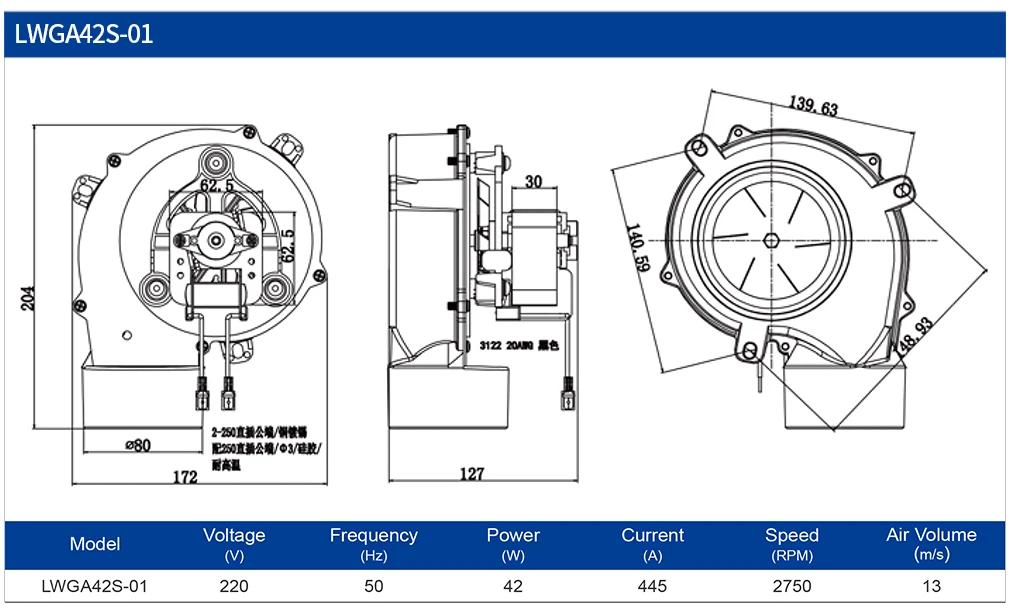
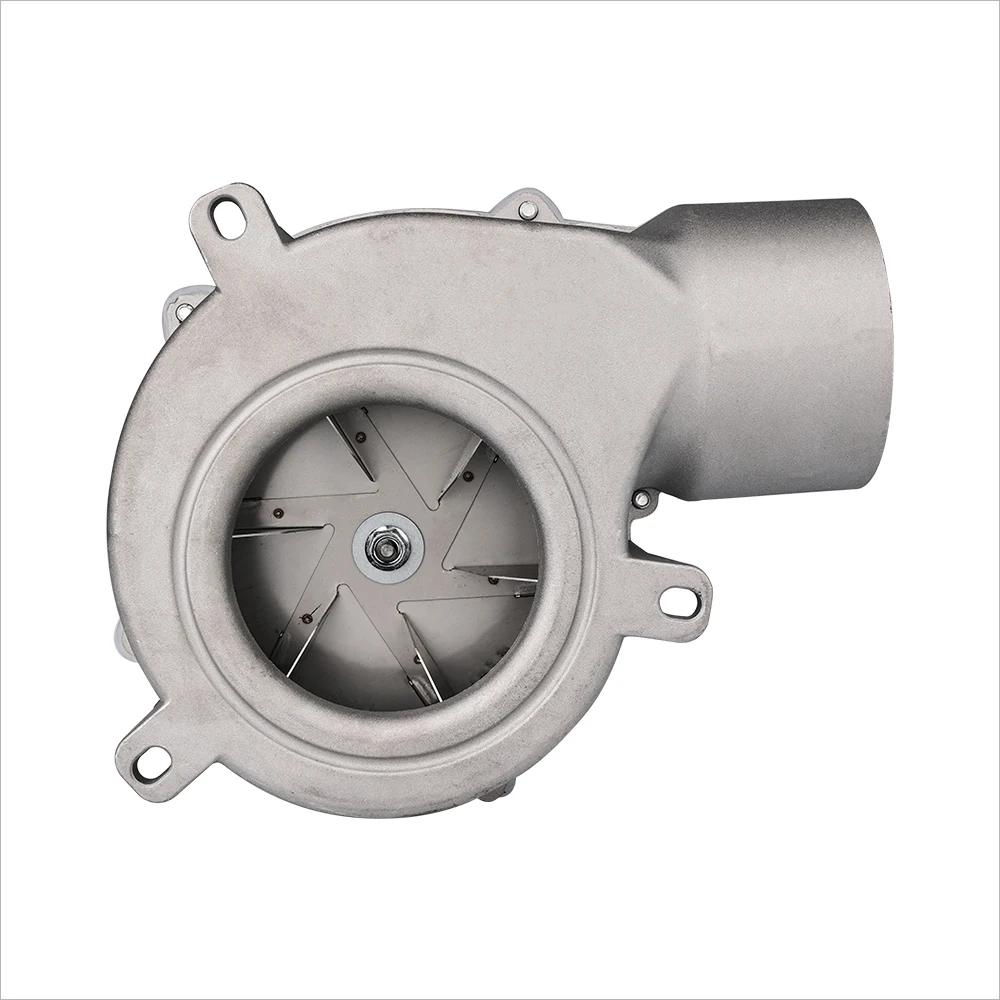
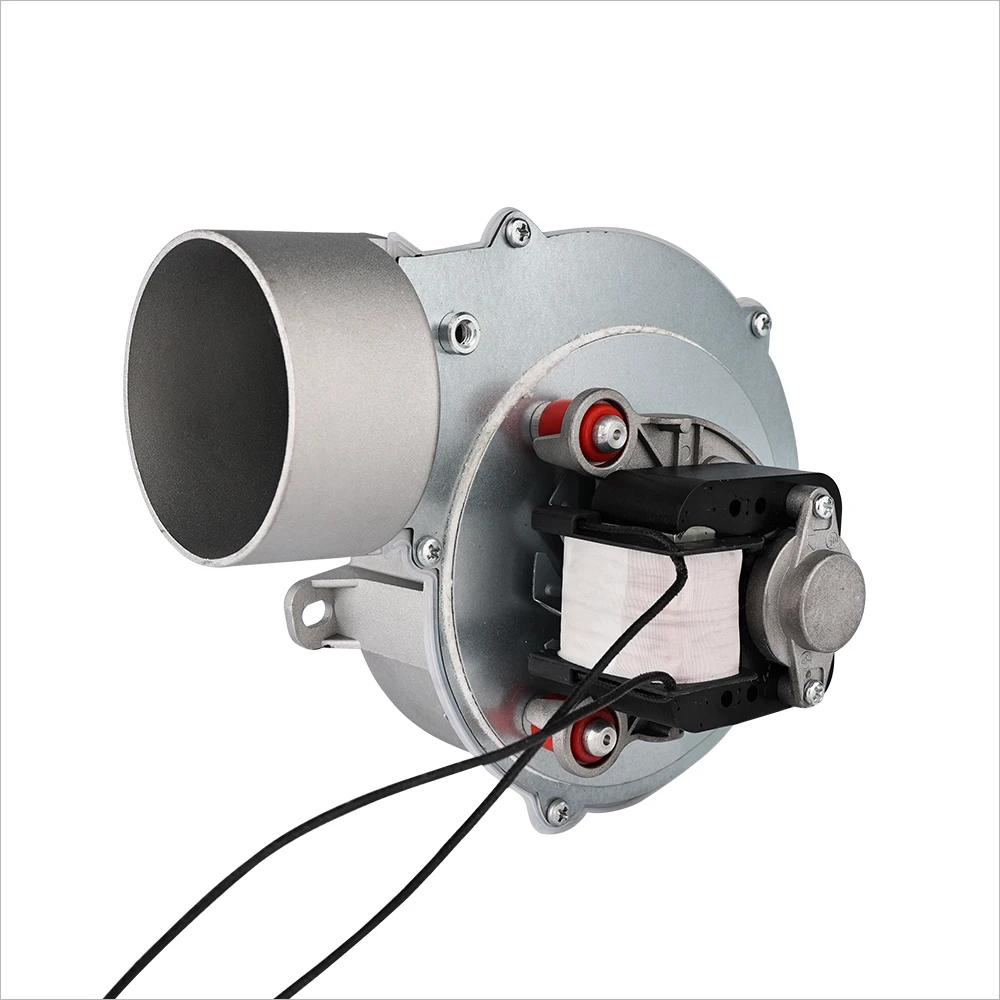
Recommend Products
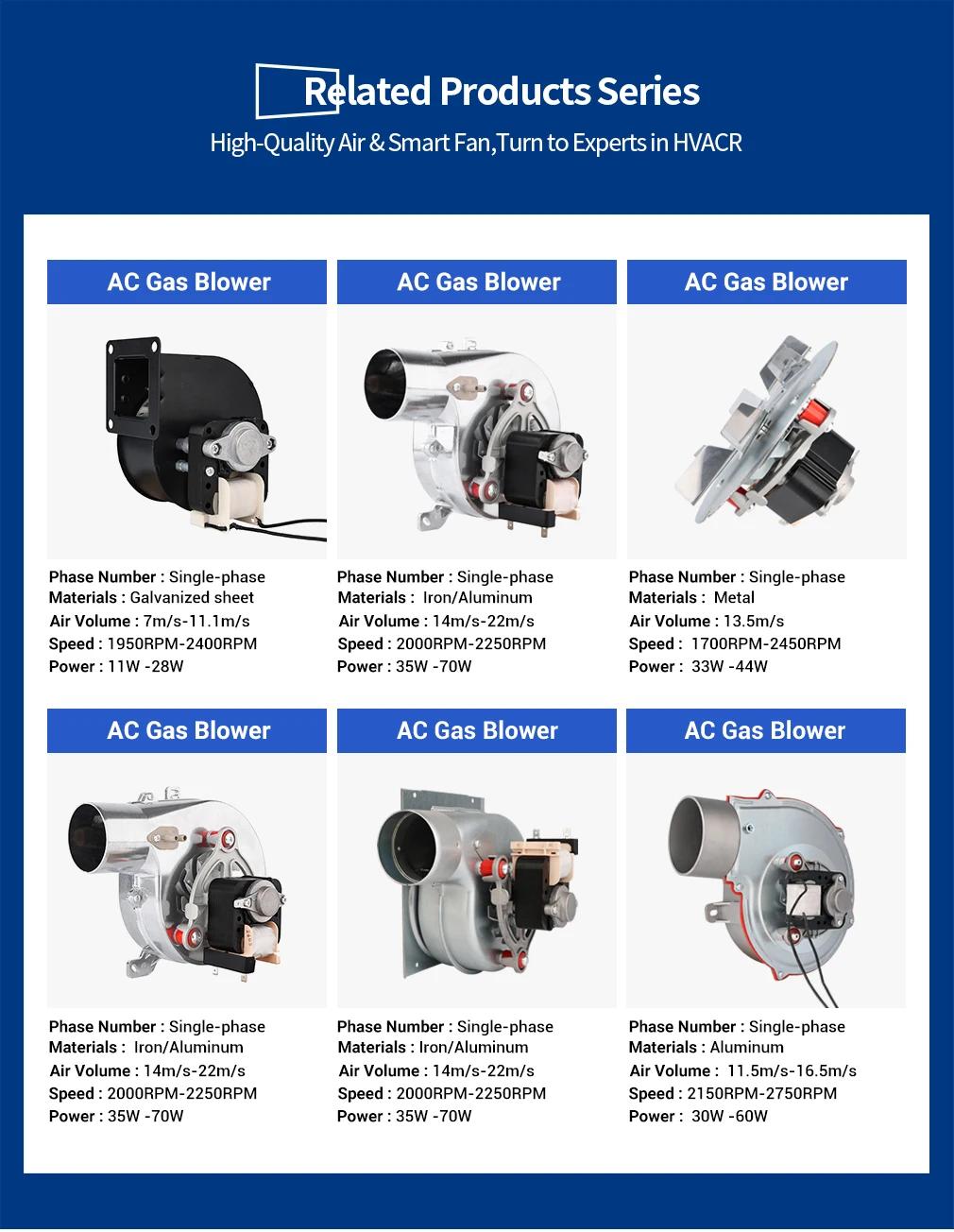

AC Gas Blower
Phase Number : Single-phase
Materials:Galvanized sheet
Air Volume:7m/s-11.1m/s
Speed : 1950RPM-2400RPM
Power :11W-28W
Air Volume:7m/s-11.1m/s
Speed : 1950RPM-2400RPM
Power :11W-28W

AC Gas Blower
Phase Number : Single phase Materials:Iron/Aluminum
Air Volume:14m/s-22m/s
Speed : 2000RPM-2250RPM
Power :35W-70W
Air Volume:14m/s-22m/s
Speed : 2000RPM-2250RPM
Power :35W-70W
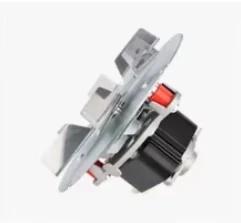
AC Gas Blower
Phase Number : Single phase Materials:Meta
Air Volume:13.5m/s
Speed : 1700RPM-2450RPM
Power :33W-44W
Air Volume:13.5m/s
Speed : 1700RPM-2450RPM
Power :33W-44W
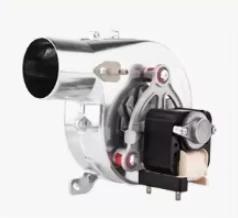
AC Gas Blower
Phase Number : Single-phase Materials:Iron/Aluminum
Air Volume:14m/s-22m/s
Speed : 2000RPM-2250RPM
Power :35W-70W
Air Volume:14m/s-22m/s
Speed : 2000RPM-2250RPM
Power :35W-70W
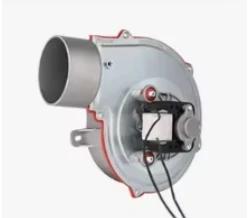
AC Gas Blower
Phase Number : Single-phase Materials:Iron/Aluminum
Air Volume:14m/s-22m/s
Speed : 2000RPM-2250RPM
Power :35W-70W
Air Volume:14m/s-22m/s
Speed : 2000RPM-2250RPM
Power :35W-70W
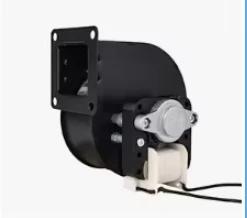
AC Gas Blower
Phase Number : Single-phase Materials:Iron/Aluminum
Air Volume:11.5m/s-16.5m/s
Speed : 2000RPM-2250RPM
Power :30W-60W
Air Volume:11.5m/s-16.5m/s
Speed : 2000RPM-2250RPM
Power :30W-60W
Product Applications

Company Profile


Certifications

FAQ
centrifugal fan
Q1:what is centrifugal fan
A1:A centrifugal fan is a mechanical device for moving air or other gases in a direction at an angle to the incoming fluid.
Q2:What is the purpose of a centrifugal fan?
A2:Centrifugal fans are robust, typically drum-shaped devices used to provide a high-pressure flow of air for cooling,ventilation, and other uses. Commonly known as blowers, centrifugal fans are noted for their reliability, adaptability and low noise output
Q3:What is the difference between a centrifugal fan and a normal fan?
A3:Centrifugal fans can produce a high-pressure airflow, based on how the fan blades are angled. Adversely, the blades of an axial fan are in line with the axis, which provides a larger, low-pressure airflow. Furthermore, axial fans tend to be lighter than centrifugal fans, due to the low-pressure output.
Q4:Where are centrifugal fans used?
A4:They are frequently used in ductwork or piping for air conditioning and drying systems. Because they expel air at a 90-degree angle to the intake, centrifugal fans are also used in small electronics such as laptops for higher directionality and more effective cooling.
Q5:When to use a centrifugal fan?
A5:Centrifugal fans, also known as blowers, immediately differ from axial fans as they are more suitable for scenarios where air needs to be displaced under high-pressure. In this case, this solution is more appropriate in contexts such as air filtration systems, cooling towers, and several industrial processes.
Q6:What is the difference between a blower and a centrifugal fan?
A6:Roots blowers: Roots blowers are typically used in applications requiring a high differential pressure and relatively low flow rates, capable of providing a steady flow of gas. Centrifugal fans: Centrifugal fans perform better at higher flow rates and lower pressure differentials, allowing greater gas flow
Q7:What are the disadvantages of centrifugal fans?
A7:
* Higher power consumption: Requires more energy to operate.
* Larger and heavier: More challenging to install and maintain.
* Higher cost: Generally more expensive than axial fans.
Q8:What kind of fan moves the most air?
A8:Axial fans effectively and efficiently move high volumes of air to cool objects or ventilate spaces. They are available in
almost any size from board level to room size, and they do not require a lot of power to operate, depending on size. They also come in both ac and dc models.
Q9:What are the three types of centrifugal fans?
A9:
Let’s have a look at the main blade characteristics.
* Forward-curved blades are not particularly long. …
* Backward-curved fan blades are fewer, longer, and they have a larger diameter compared to the forward-curved model. …
* Radial blower blades are straight and extended outwards.
Q10:What type of fan is the most efficient?
A10:
The highest-efficiency centrifugal fans use airfoil or backward-curved impeller blades (figure 2). Airfoil blades are curved
backward and have an airfoil shape (similar to a cross section of an airplane wing), while backward-curved blades are of a single thickness of metal.
Q11:What is the function of a centrifugal fan?
A11:Centrifugal fans use the kinetic energy of the impellers to move the air stream, which in turn moves against the resistance caused by ducts, dampers and other components. Centrifugal fans displace air radially, changing the direction (typically by 90°) of the airflow.
Q12:what is the difference between exhaust fan and ventilation fan
A12:A ventilation fan brings fresh air into a space, improving circulation, while an exhaust fan removes stale, humid, or polluted air, typically from kitchens or bathrooms. The key difference lies in airflow direction: ventilation fans pull outdoor air in, while exhaust fans push indoor air out axial fan
Q1:what is centrifugal fan
A1:A centrifugal fan is a mechanical device for moving air or other gases in a direction at an angle to the incoming fluid.
Q2:What is the purpose of a centrifugal fan?
A2:Centrifugal fans are robust, typically drum-shaped devices used to provide a high-pressure flow of air for cooling,ventilation, and other uses. Commonly known as blowers, centrifugal fans are noted for their reliability, adaptability and low noise output
Q3:What is the difference between a centrifugal fan and a normal fan?
A3:Centrifugal fans can produce a high-pressure airflow, based on how the fan blades are angled. Adversely, the blades of an axial fan are in line with the axis, which provides a larger, low-pressure airflow. Furthermore, axial fans tend to be lighter than centrifugal fans, due to the low-pressure output.
Q4:Where are centrifugal fans used?
A4:They are frequently used in ductwork or piping for air conditioning and drying systems. Because they expel air at a 90-degree angle to the intake, centrifugal fans are also used in small electronics such as laptops for higher directionality and more effective cooling.
Q5:When to use a centrifugal fan?
A5:Centrifugal fans, also known as blowers, immediately differ from axial fans as they are more suitable for scenarios where air needs to be displaced under high-pressure. In this case, this solution is more appropriate in contexts such as air filtration systems, cooling towers, and several industrial processes.
Q6:What is the difference between a blower and a centrifugal fan?
A6:Roots blowers: Roots blowers are typically used in applications requiring a high differential pressure and relatively low flow rates, capable of providing a steady flow of gas. Centrifugal fans: Centrifugal fans perform better at higher flow rates and lower pressure differentials, allowing greater gas flow
Q7:What are the disadvantages of centrifugal fans?
A7:
* Higher power consumption: Requires more energy to operate.
* Larger and heavier: More challenging to install and maintain.
* Higher cost: Generally more expensive than axial fans.
Q8:What kind of fan moves the most air?
A8:Axial fans effectively and efficiently move high volumes of air to cool objects or ventilate spaces. They are available in
almost any size from board level to room size, and they do not require a lot of power to operate, depending on size. They also come in both ac and dc models.
Q9:What are the three types of centrifugal fans?
A9:
Let’s have a look at the main blade characteristics.
* Forward-curved blades are not particularly long. …
* Backward-curved fan blades are fewer, longer, and they have a larger diameter compared to the forward-curved model. …
* Radial blower blades are straight and extended outwards.
Q10:What type of fan is the most efficient?
A10:
The highest-efficiency centrifugal fans use airfoil or backward-curved impeller blades (figure 2). Airfoil blades are curved
backward and have an airfoil shape (similar to a cross section of an airplane wing), while backward-curved blades are of a single thickness of metal.
Q11:What is the function of a centrifugal fan?
A11:Centrifugal fans use the kinetic energy of the impellers to move the air stream, which in turn moves against the resistance caused by ducts, dampers and other components. Centrifugal fans displace air radially, changing the direction (typically by 90°) of the airflow.
Q12:what is the difference between exhaust fan and ventilation fan
A12:A ventilation fan brings fresh air into a space, improving circulation, while an exhaust fan removes stale, humid, or polluted air, typically from kitchens or bathrooms. The key difference lies in airflow direction: ventilation fans pull outdoor air in, while exhaust fans push indoor air out axial fan

Why Choose Us

Other Products
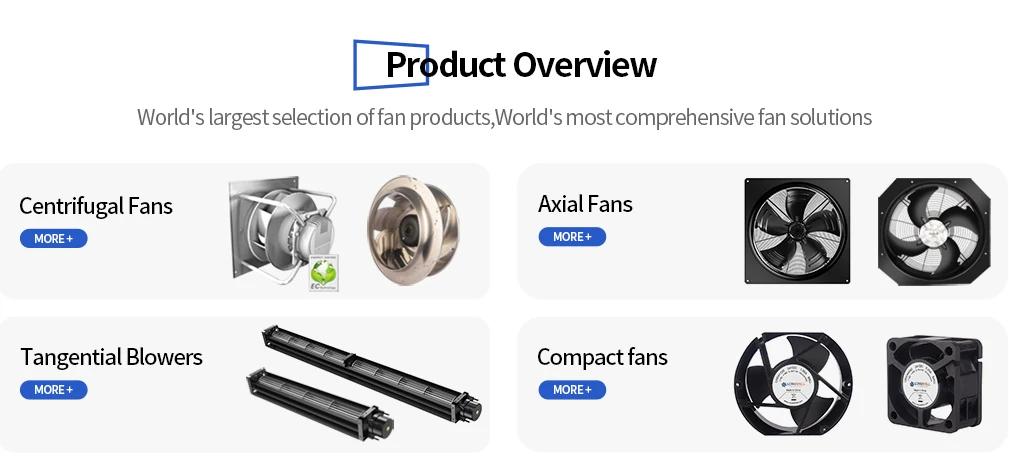
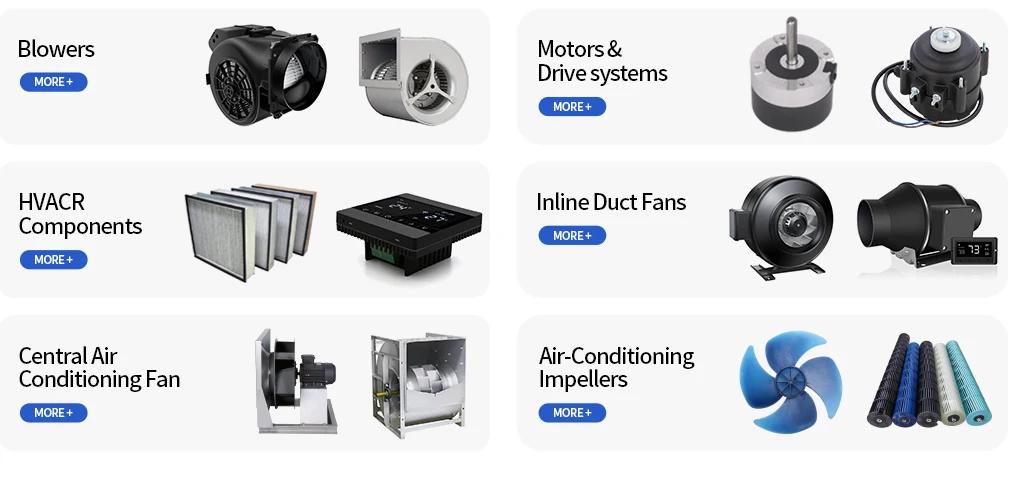
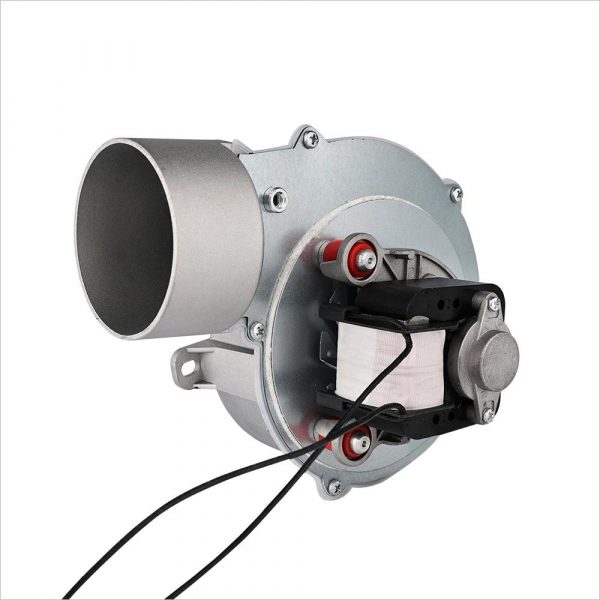
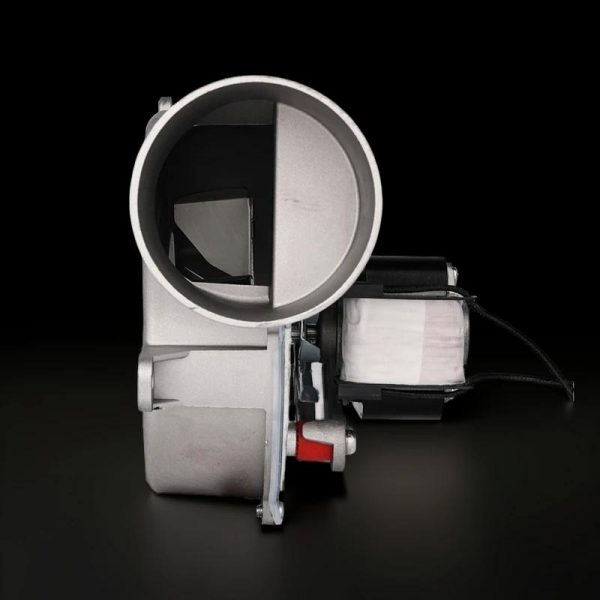
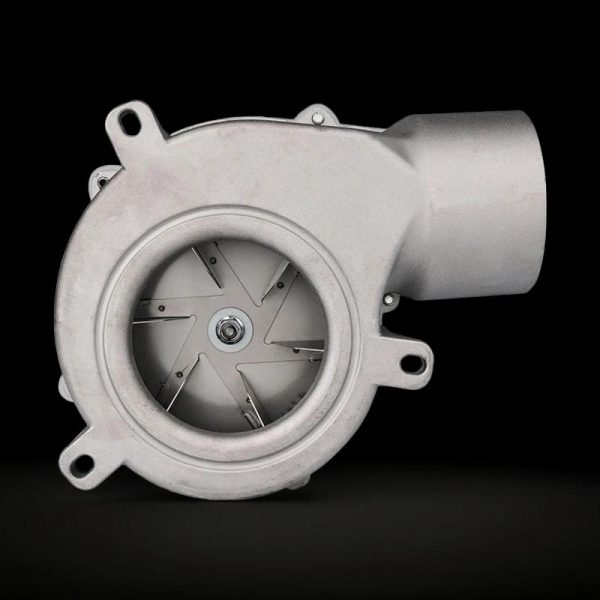
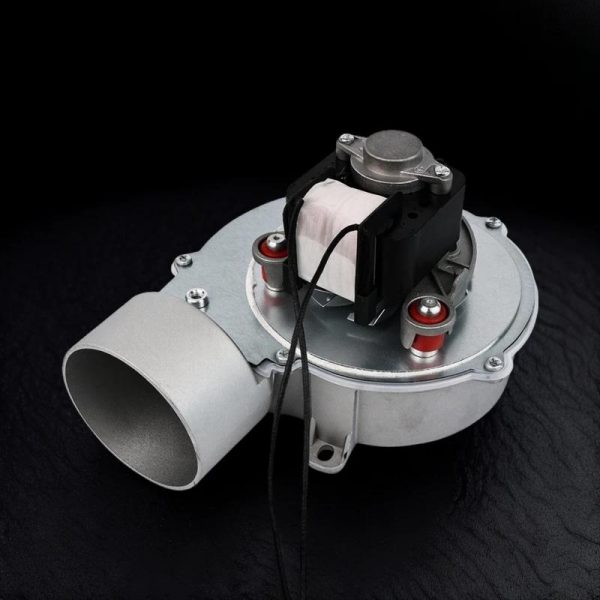
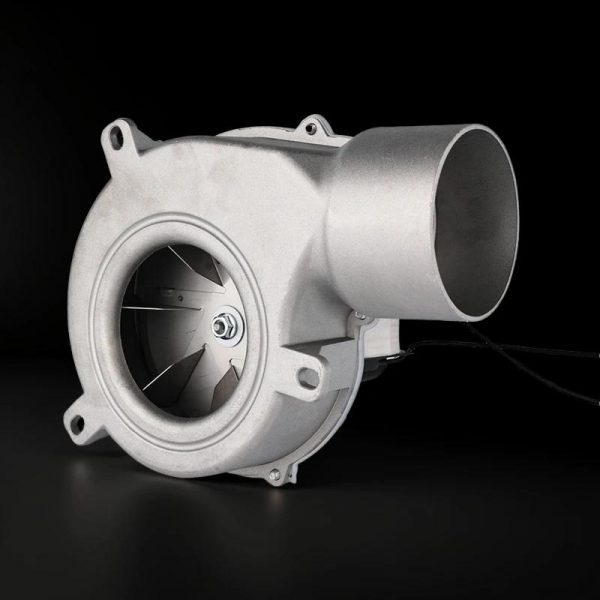
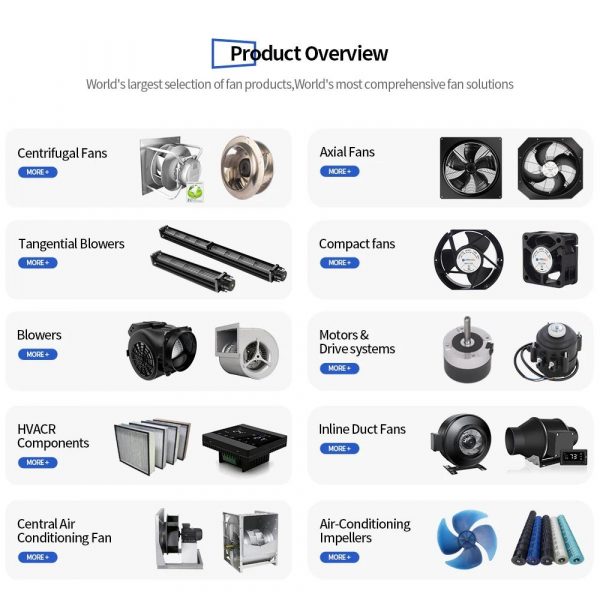
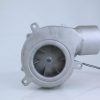
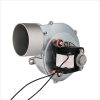
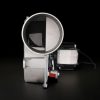
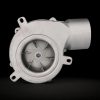
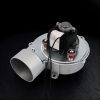
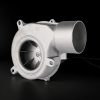


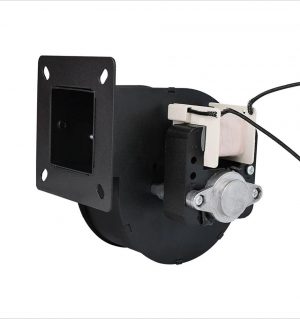

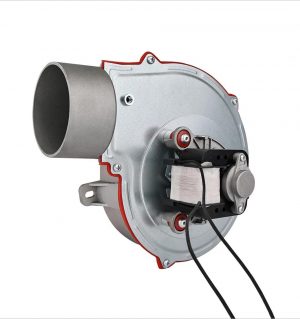
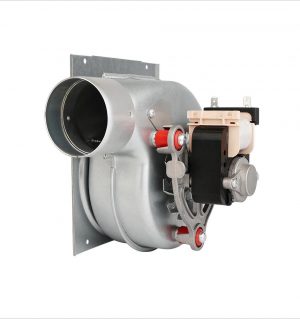
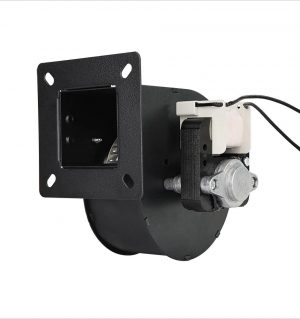

Reviews
There are no reviews yet.